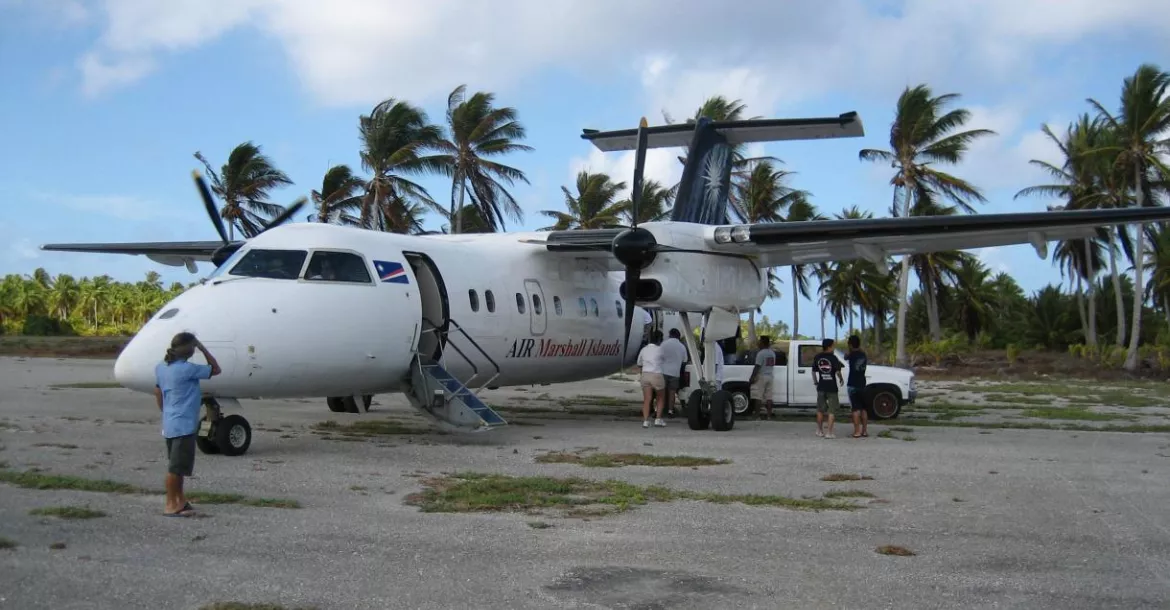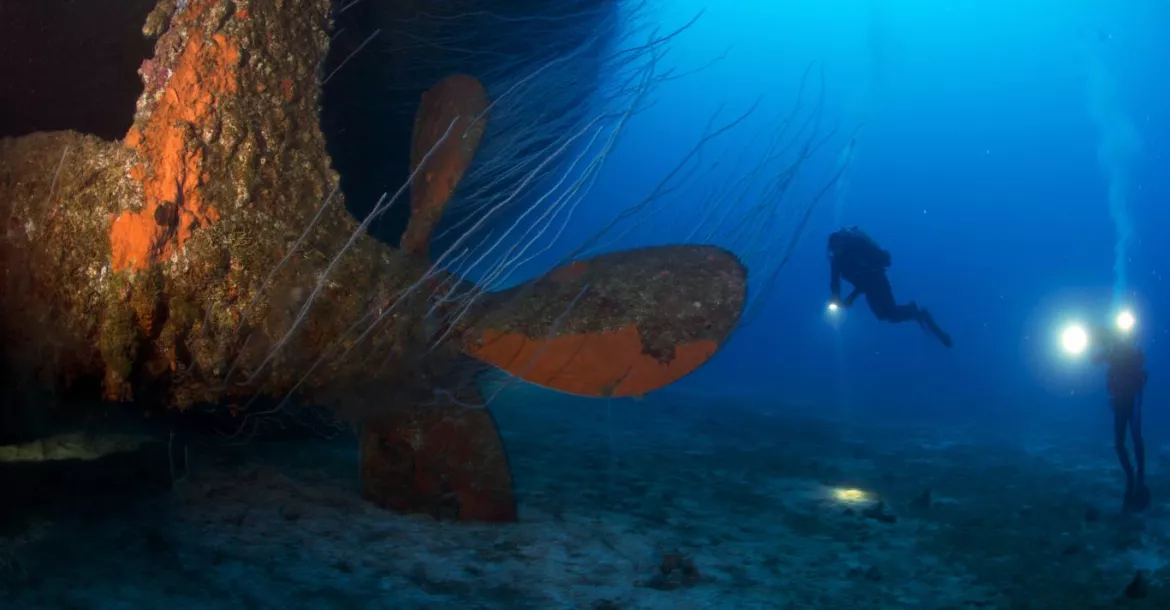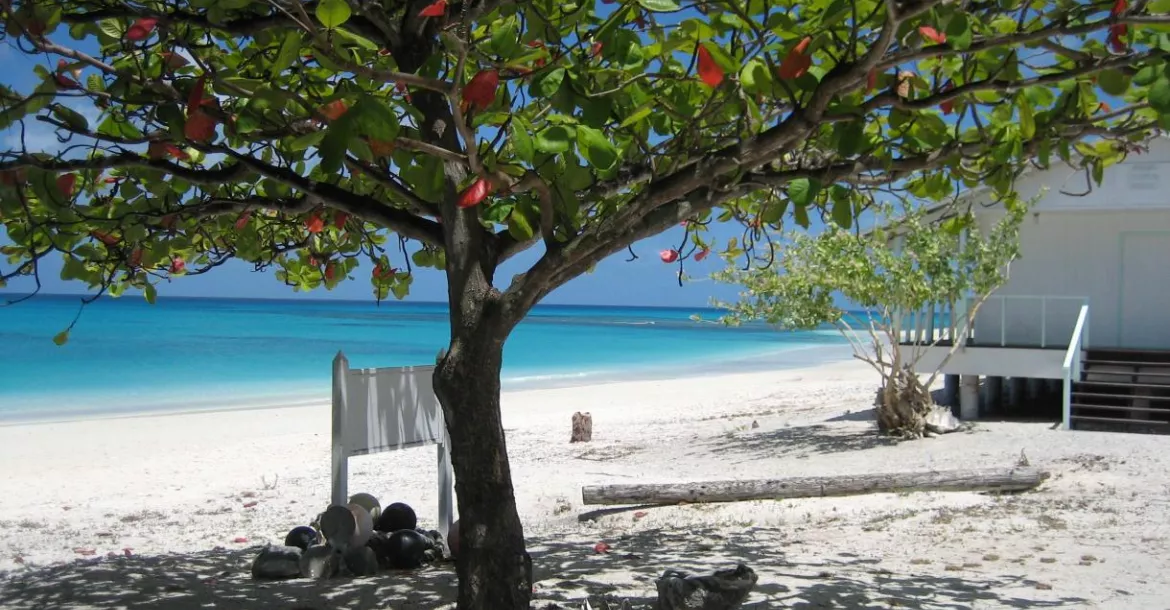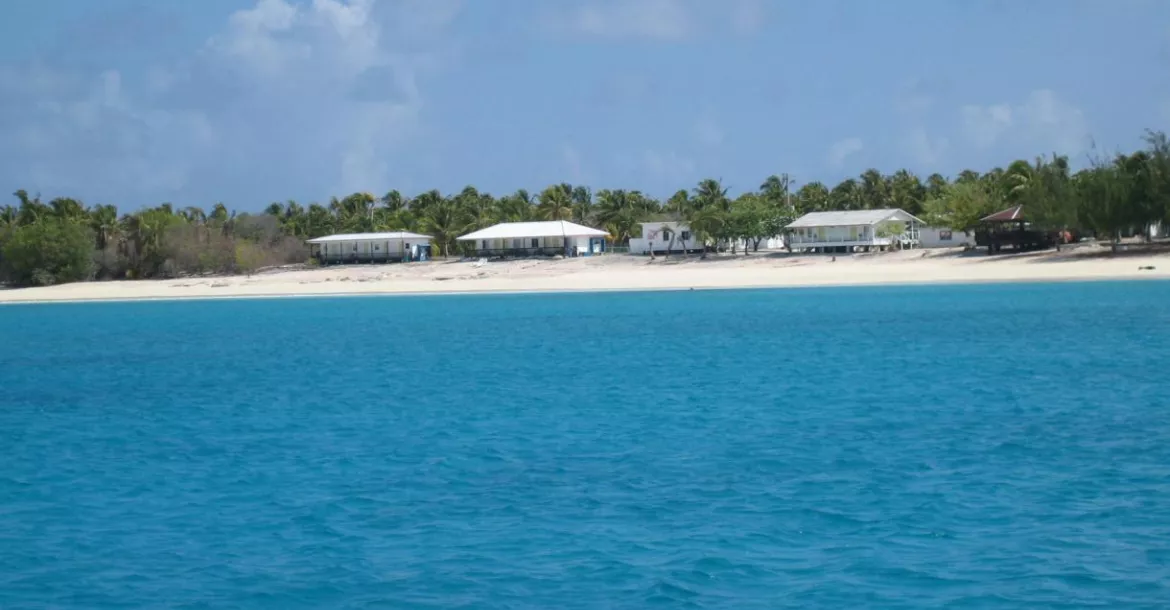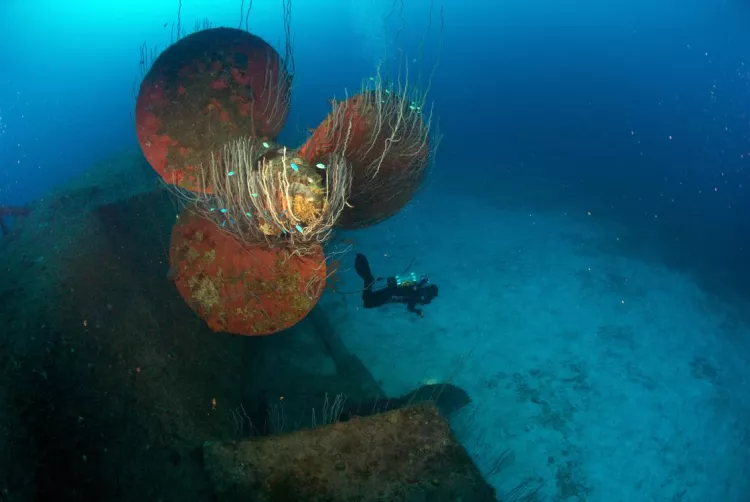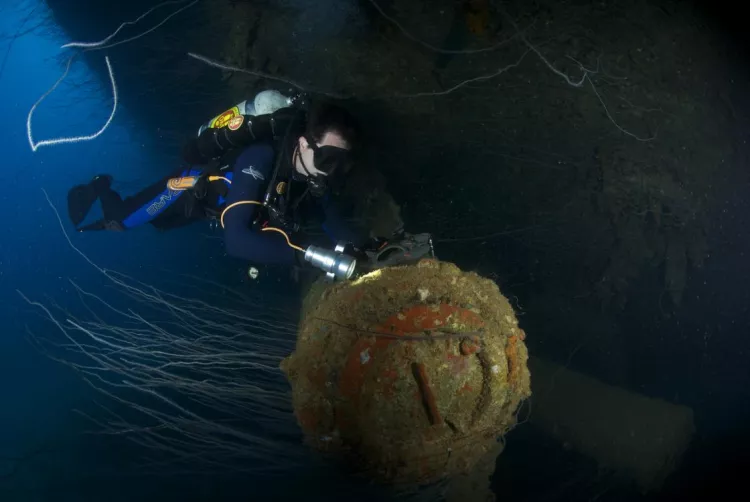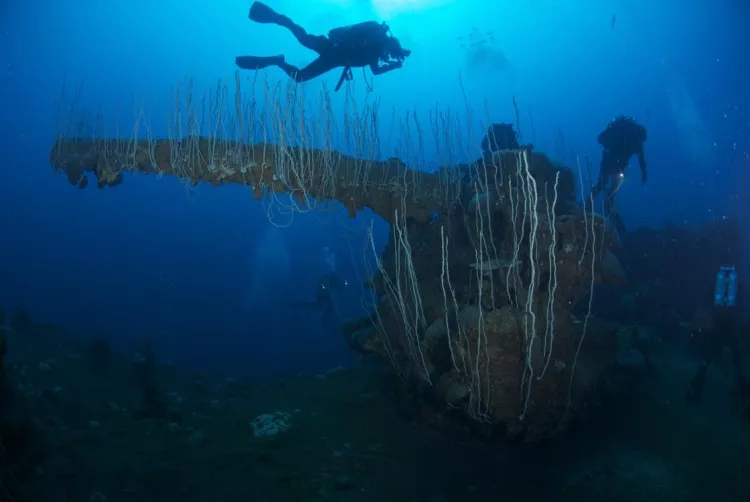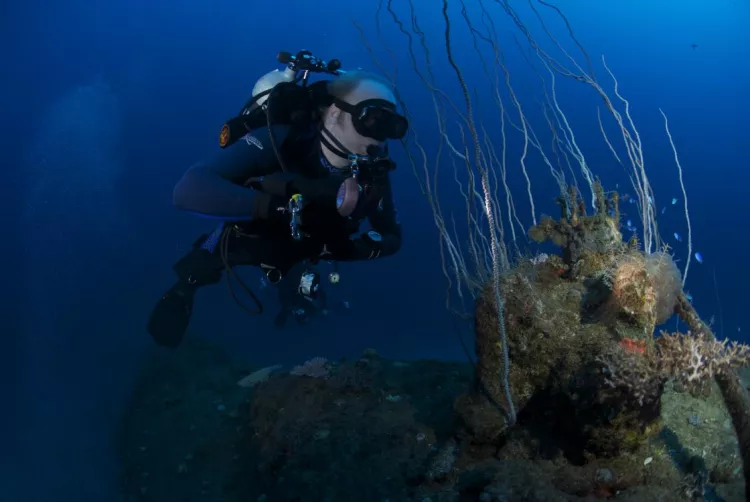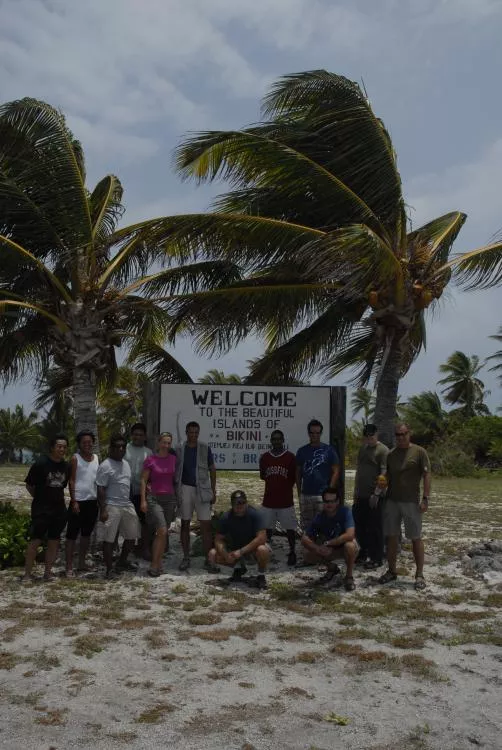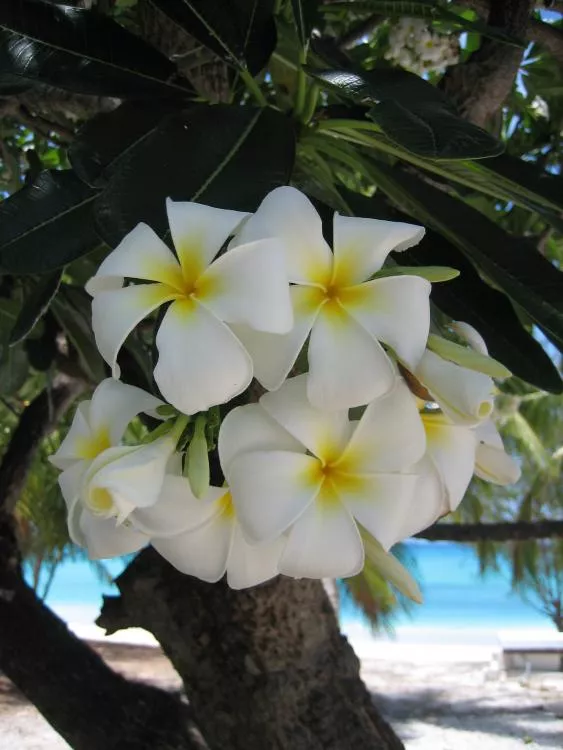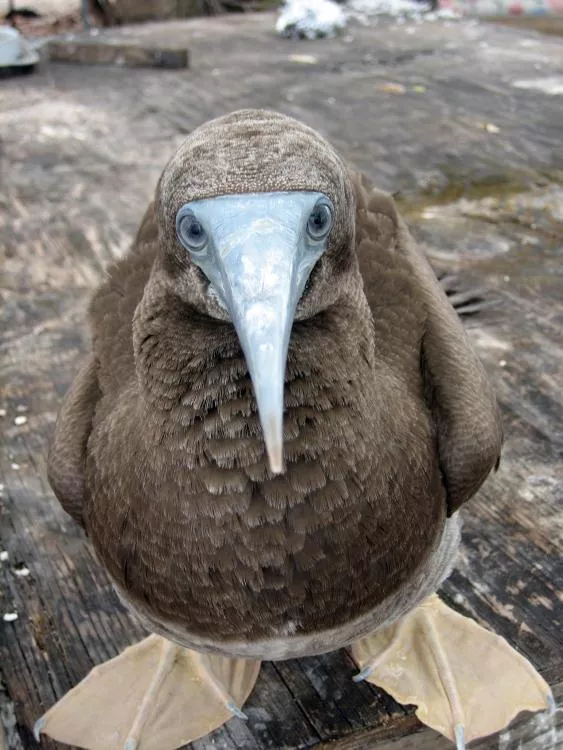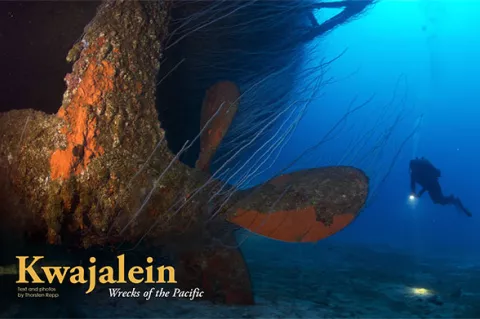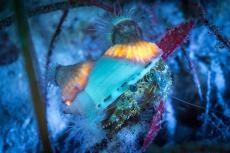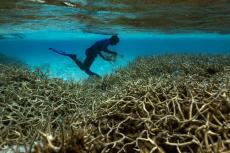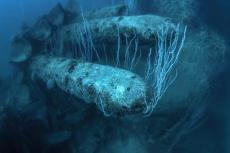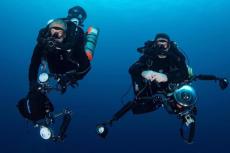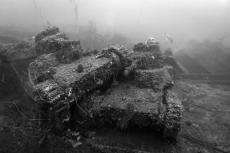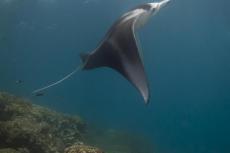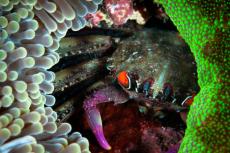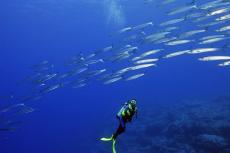Almost invisible to wreck divers around the world, one of the biggest wreck dive spots in the South Pacific can be found in the Kwajalein Atoll of the Marshall Islands.
Contributed by
It was January 1943 when the heavy battle of Kwajalein took place during World War II on what was the outer ring of the Japanese force in the South Pacific at that time. The runways on the Atoll have been destroyed within a few days by the US troops and the following air raid sealed the fate of several big Japanese cargo ships which have been bombed to the seabed of the lagoon. Sixteen of these ships can be dived today. Overgrown by pale green organisms these big Japanese freighters form in the twilight of the depths the ghost fleet of the Kwajalein Atoll, one of the biggest World War II shipwreck graveyards in the South Pacific.
Several US aircraft wrecks are scattered around and many can be found on the northern tip of the atoll, Roi Namur. Right beside the main Island rests a victim of “Operations Crossroads”, the nuclear bomb test series in the Bikini atoll 1946. It is the German cruiser Prinz Eugen, the biggest and most magnificent wreck in Kwajalein.
Prinz Eugen has become known for the fight alongside one of the famous battleships during World War II, the Bismarck, especially for its role in sinking the British HMS Hood. In 1946, the Prinz Eugen was brought to Kwajalein after the atomic bomb test series. Due to bad damage, the vessel leaked just before the crew reached the safe harbor of Kwajalein Island. The big ship filled with water, rolled to its starboard side and sunk upside down.
Today, the wreck rests in 20 to 40 meters of shallow water. The stern is partly out of the water and exposed to the continuous waves and sharp blowing wind from the sea, which can get very rough from time to time. One of the big copper props has been detached and relocated to Kiel in Germany where the ship was built in 1936.
Into the blue — diving the Prinz Eugen
Just a few meters below the surface, the massive body of the wreck is outlined in the shallow water. Only the stern with the huge propellers can be seen of the 213 meter long ship before the visibility lets the rest of the shipwreck vanish in blurry shades of blue.
A single blade of the propeller is as big as a diver. Behind it is the giant and intact hull. A swim between the stern and the sandy bottom leads to the top side of the ship where the smooth current from the ocean side can be felt.
While moving deeper, a stroll alongside the vessel shows massive 8-inch battery guns. The canons are buried half in the sand.
The superstructure has collapsed due to the heavy weight of the ship itself. Everywhere, bigger parts of the ship are scattered in the sand. A huge obscure spherical object, the gun director sits right beside the ship. Torpedoes are sitting in their tubes, still as if ready to be shot.
Several doorways can be used to enter the inside of the wreck. A dive into these openings leads through rusty red alleys. These old walls move slowly and statically back and forth driven by the current. It is a strange ghostly scene.
Navigation demands concentration due to the fact that the wreck is lying upside down. Beds are mounted to the “ceiling”. Divers can penetrate deeper into the wreck while moving along white ropes that were brought in years ago. Several sections of the wreck can be explored: galleys, storage rooms, bathrooms, generators, different types of shelves—more and more relics appear in the light of the torch. The officers rooms have chairs, tables and beds.
Everything is buried under several inches of rust. The long time under saltwater has had its impact. It’s not unlikely to have to abort a penetration dive due to the fact that a ceiling of a deck has collapsed and bits and pieces prevent one from moving ahead.
Not far away from the Prinz Eugen are numerous Japanese freighters resting not much deeper than 60 meters in the lagoon. Some of them are sitting upright, some on their sides, and others upside down. The AKIBASAN Maru, ASAKAZE Maru, and TATEYAMA Maru, just to name a few, sunk very close to each other. These cargo ships are fairly intact but have been cannibalized over the years. Therefore, the smaller parts are gone, but bigger items, like ammunition, shells and spare props, can still be found on and inside the wrecks. Gauges are still mounted in the engine rooms. The huge cargo holds are almost completely empty.
Barracudas circle the wrecks frequently. Corals and sponges cover the wrecks, and swarms of smaller fishes often pass by. These wrecks lurk in the gloomy water, and the greenish color from the growth covering them makes them look like ghost ships.
The coral encrusted masts are interesting objects to observe during the ascent and descent. The anchor windlass and the canons, with their small ladders on the bow, are typical for the days when these ships were manufactured and make it easy to identify a ship as Japanese built. Some canons are still pointing upwards towards the surface where the attackers were coming from. A number of these cannons are dismantled but some are fairly complete.
Inside, the ship’s big gearwheels and iron plates are piled on top of each other. The huge engines ringed with the cat walks and small ladders are usually easy to access, a mast lays across the big openings of the cargo holes. The strange looking airscoops nearby the superstructure remind one of big tubas. There is so much historic material in the water that it is hard to decide what to explore next.
Downed planes
Leaving the main bay and traveling up north to Roi Namur one can find many discarded US aircrafts that have been dumped in the water here; B-25 bombers, C-46 transport aircrafts and F-4 Corsairs can be found only a few meters below the surface.
Colorful fishes circle the aluminum bodies of the wrecks, which are resting on white sand surrounded by nice corals and sponges. From a certain angle the sunlight is reflected by the lines of rivets. Some planes are still in good shape while others have been completely dismantled. A truck right beside an upright C-46 on white sand makes a strange scene of an artificial underwater airfield.
A variety of interesting wrecks can be found in the waters of Kwajalein, but unfortunately, the atoll is a military off limits area; therefore, basically no tourism exists, and only one abandoned hotel is located on the island. It is truly a challenge to get there, but it’s worth all the effort as soon as the first wreck comes into view. ■

